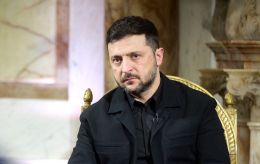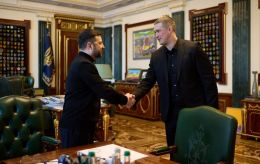Little Trinity: When world's first atomic bomb was created and tested
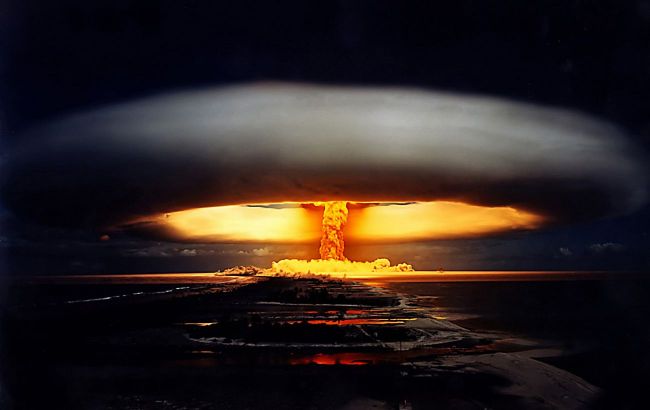 When and by whom nuclear weapons were created and how they were tested (photo: Getty Images)
When and by whom nuclear weapons were created and how they were tested (photo: Getty Images)
On July 16, 1945, the world's first atomic weapon was tested in New Mexico in the United States. This plutonium atomic bomb was called Trinity and it marked the beginning of the nuclear age.
Read about who invented it, how the tests went, and why humanity decided to create such a terrible weapon.
Manhattan Project
The Manhattan Project is the code name for the nuclear weapons development program in the United States, which began in September 1942.
The very idea of creating nuclear weapons in the West arose much earlier, in the late 1930s. The first reason was the rapid development of physics in the twentieth century, and more specifically, the achievements of nuclear physics, where scientists realized how to split the nucleus.
The second reason was the rise of aggressive, fascist views in Europe. The governments of the United States, Canada, and the United Kingdom were looking for new and more powerful weapons to deter wars and conflicts. And the possibilities of nuclear energy offered hope.
The Manhattan Project team included physicists and other world-renowned scientists from several countries. The scientists were coordinated by the headquarters of the North Atlantic Division of the US Army Corps of Engineers. First, a metallurgical laboratory was organized at the University of Chicago to study plutonium and uranium assemblies (primitive nuclear reactors).
Later, Robert Oppenheimer from the University of Berkeley was asked to do theoretical calculations of fast neutron kinetics, the key to calculating critical mass and detonation (which was the subject of the famous movie Oppenheimer).
The scientists worked for three years and in 1945 created three bombs at once - Trinity, Fat Man, and Little Boy.
Testing world's first atomic bomb
On July 16, scientists from the Manhattan Project conducted the first test of an implosive-type plutonium bomb, called Trinity. It is believed that Oppenheimer, who was the head of the Manhattan Project, chose the name and location of the test. The explosion was equivalent to 21 kilotons of TNT. The size of the fireball was about 200 meters.
Physicists gave very mixed predictions about the tests - from zero power in the event of a complete failure to the destruction of the state of New Mexico and the entire planet. It was believed that a nuclear explosion could ignite an uncontrolled burnout reaction of atmospheric oxygen, which most scientists did not believe, but it made them worried.
But the tests were successful, no one was injured, and a monument was erected at the site of the explosion to commemorate the first atomic bomb in human history.
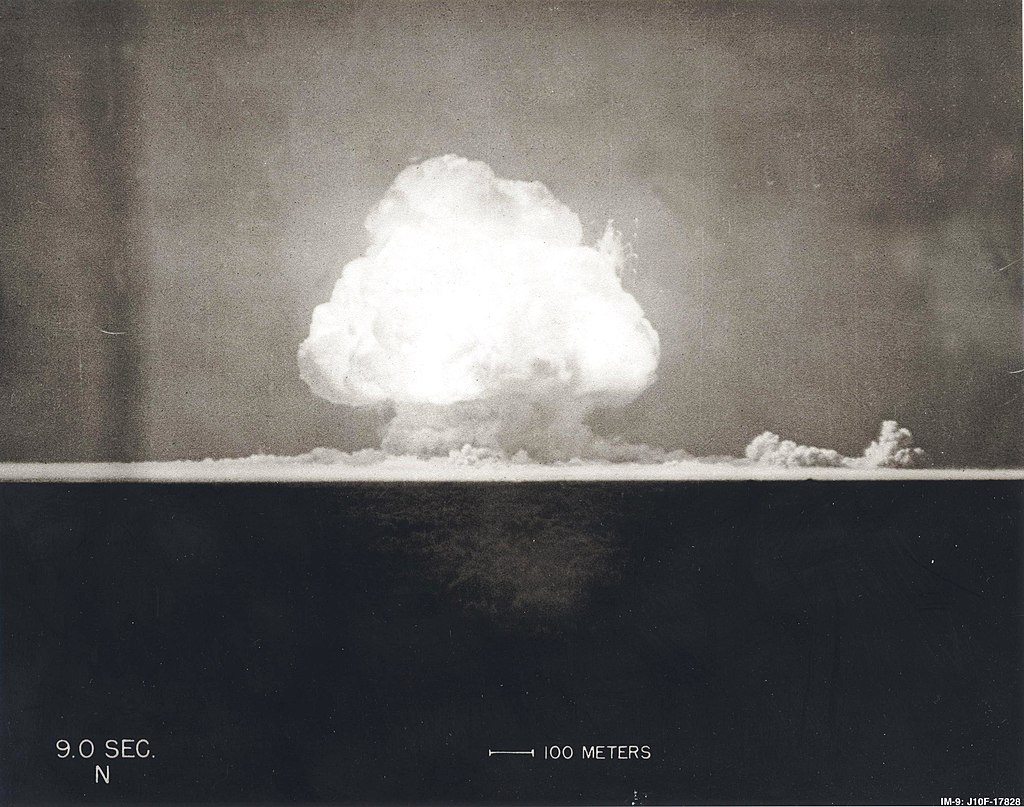 Testing the world's first nuclear bomb (photo: Wikipedia)
Testing the world's first nuclear bomb (photo: Wikipedia)
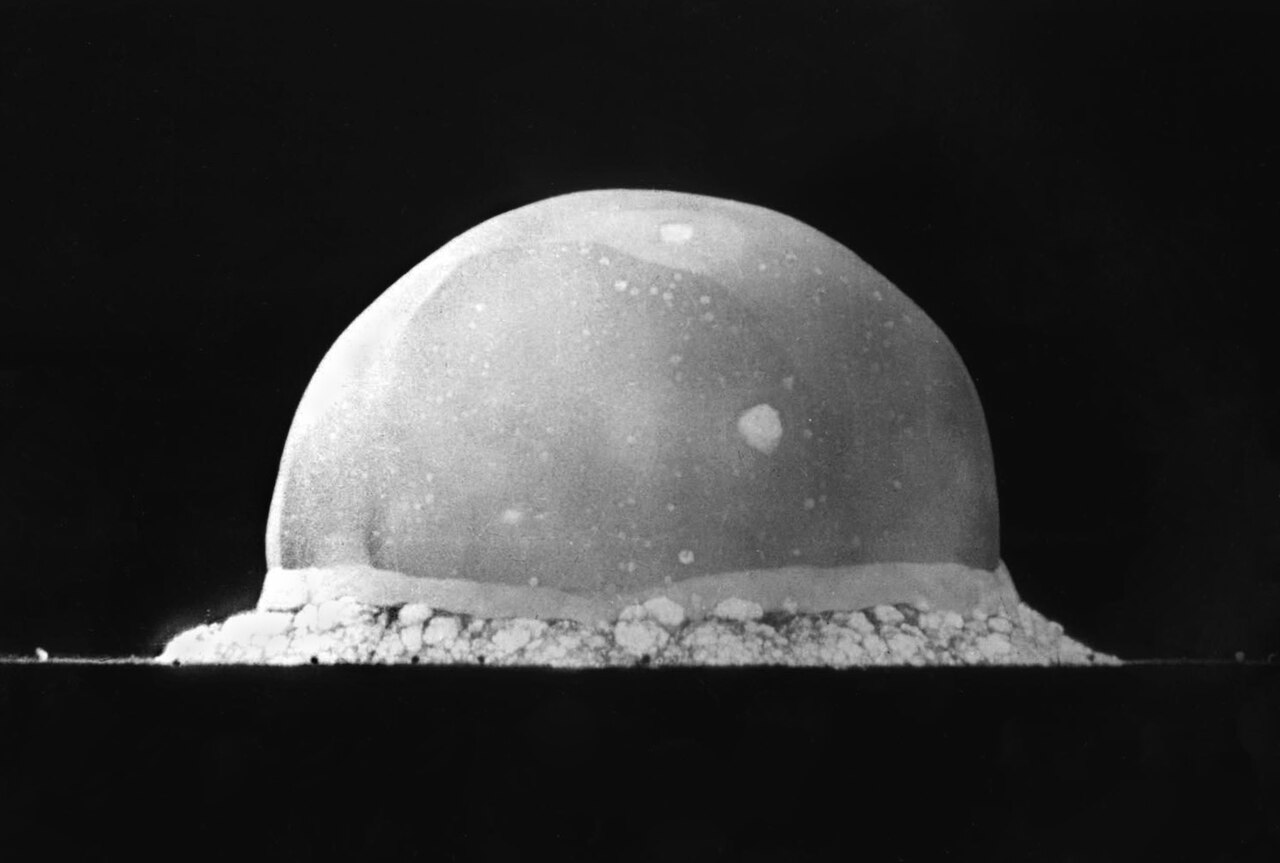
Testing the world's first nuclear bomb (photo: Wikipedia)
Less than a month later, two more nuclear bombs created by the Manhattan Project killed tens of thousands of people in the Japanese cities of Hiroshima and Nagasaki (August 6 and 9).
The Little Boy contained 64 kg of enriched uranium, which consisted of 80% uranium 235. As a result of the nuclear reaction, about 600 milligrams of this substance were converted into energy equivalent to the explosion of about 15 kilotons of TNT, which killed about 140 thousand residents of Hiroshima.
"The Fat Man was the third atomic bomb in the world and the second to be used in combat. This bomb deviated from the planned explosion epicenter by 2 km, but this did not greatly reduce the scale of the disaster - 73,000 people died and another 35,000 died later from radiation.
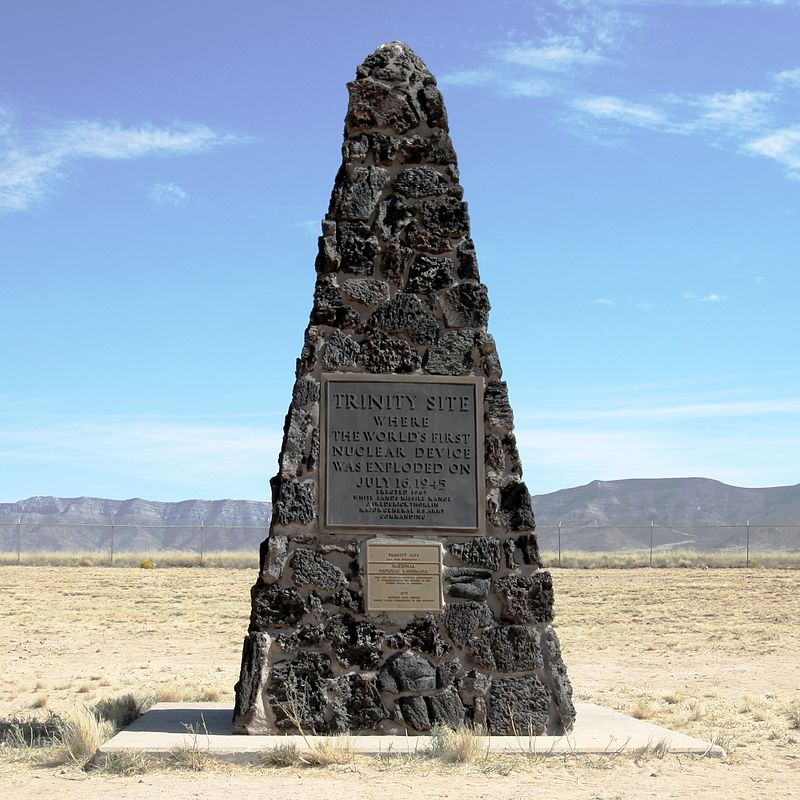
Monument at the site of the first nuclear bomb test (photo: Wikipedia)
Earlier, we wrote about the myths about nuclear weapons that should not be believed.
Sources: The New York Times, Wikipedia, and Gizmodo.
